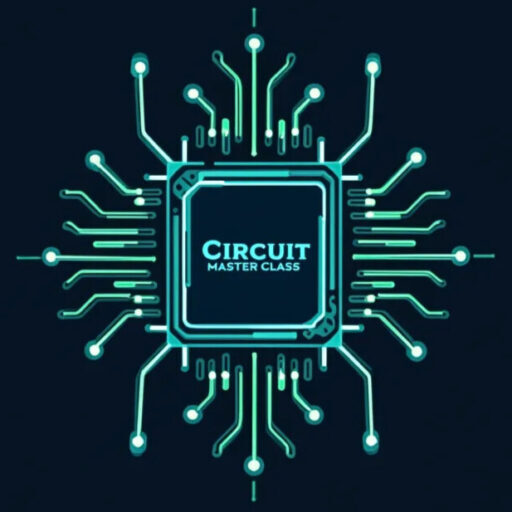We measure the reactive power in VAR. Obviously, here V stands for volts and A stands for amperes. Whereas, R denotes reactive. A power transmission network deals with much larger reactive power. So, normally, we express the reactive power in MVAR. Obviously, 1 MVAR equals one million VAR.
What is reactive power?
The reactive power is not a useful power. This power oscillates between the source and the reactive elements, like inductors or capacitors, connected in the power system. Unlike active power, reactive power does not do any real work.
Actually, inductive loads consume reactive power. Generating stations supply this reactive power. When a current passes through an inductor, it lags behind the voltage. In a power system, the same thing happens. Say, V is the system voltage. I is the current flowing through the system. Then \( VIcos\theta \) is the active power. Obviously, here, \( \theta \) is the angle between voltage ( V ) and current ( I ). This means \(\theta \) is the angle by which the current in the system lags behind the system voltage. Obviously, \( cos \theta \) is the power factor.
Effects of Large Inductive Loads
Suppose the inductive load of the system becomes large enough. Then the current lags more behind the voltage. As a result, the angle \( \theta \) becomes larger. In other words, the power factor, \(\cos \theta \) comes down. This is nothing but a poor power-factored condition.
Effects of Resistive Loads
Now, suppose the network is fully resistive. Also, suppose the network has no inductive or capacitive loads. In other words, the equipment or networks connected to the system do not inherit any capacitive or inductive components. Therefore, the power will be pure active power.
How do we Express Active, Apparent, & Reactive Power?
The product of voltage, current, and the power factor represents the active power. So we can represent it as\[ P = VIcos\theta \]
On the other hand, the product of voltage, current, and \( \sin\theta \) represents the reactive power.\[ Q = VIsin\theta \] The generation system supplies the total power. The total power is the vector summation of active and reactive powers. We refer to this total power as apparent power. We measure the apparent power in volt-ampere (VA) or mega volt ampere (MVA).\[ S = VI \]
Sources of Reactive Power
Devices like transformers, induction motors, and transmission lines have their own inductive effects. Because these impose inductive loads on the system. Because of this, the current lags behind the voltage. Additionally, these devices and systems consume reactive power.
Effects of Reactive Power in Power Network?
Now we come to the effects of reactive power. Reactive power directly influences the voltage level.
Poor Voltage Regulation: – If we increase the inductive load, the power factor will decrease. So, to transmit a specific quantity of power from one point to another in the power system, we need more current. Power is nothing but the product of voltage, current, and the power factor. \[ P = VIcos\theta \] We can express the voltage drop in a transmission system as \[ \Delta V = I(X\sin\theta + R\cos\theta ) \] Obviously, that will increase with increasing current ( I ). So, the voltage regulation in transmission line becomes poor.
Increased Power Loss: – Excessive reactive power reduces power factor. So, for transmitting a certain power, a system needs more current. The increased current means increased \(I^2R \) loss. So, a low power factor means more ohmic power (\(I^2R \)) loss as heat. This is simply the additional power loss.
Reduced Transmission Capacity: – The reactive power also affects the transmission system capacity. The increased reactive power of the system increases the current required to transmit a fixed power. The increased current requires conductors with a higher cross-sectional area. In other words, if we do not adjust the conductor size, the current-carrying capacity of the system becomes limited.
Power Triangle
Now, we come to the most basic thing. That is the power triangle. The power triangle is a right-angle triangle. The base of the triangle represents the active power. The perpendicular edge represents the reactive power. Obviously, the hypotenuse represents the apparent power. Therefore, it implies that the apparent power is the sum of active power and reactive power.

